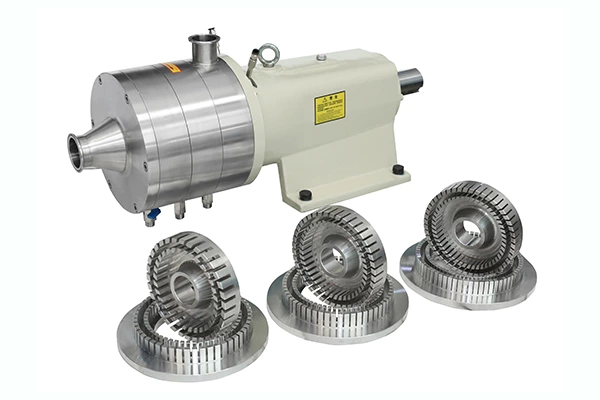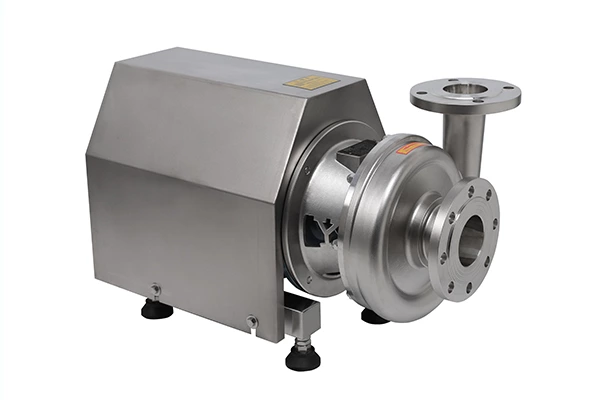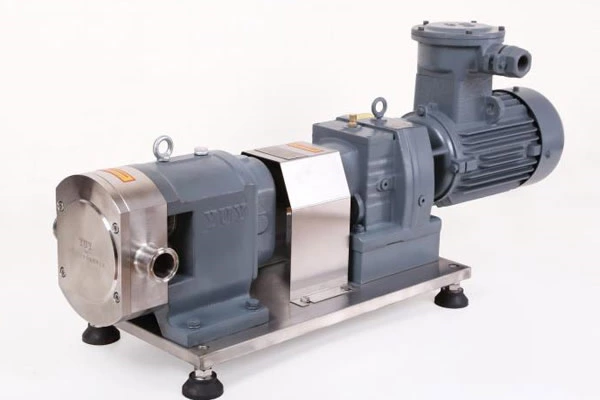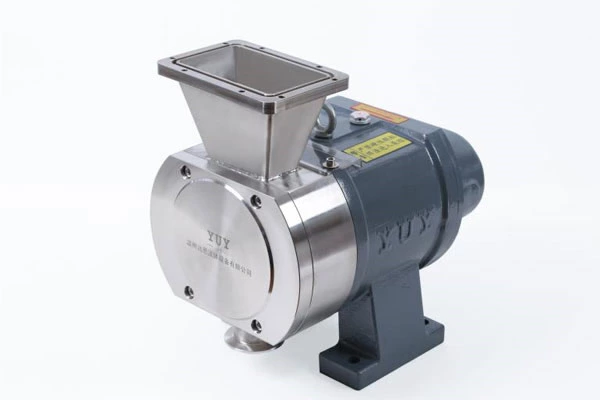Share The Principles And Steps Of Selecting Emulsification Pump Models
1. Selection steps
1) List the basic data:
1. Required flow
2. Medium temperature: (℃)
3. Particle diameter and content of the medium.
4. Characteristics of the medium: medium name, specific gravity, viscosity, corrosiveness, toxicity, etc.
5. Pressure: suction tank pressure, drainage tank pressure, pressure drop in the pipeline system (lift loss).
6. Pipeline system data (pipe diameter, length, type and number of pipeline accessories, geometric elevation from suction tank to pressure tank, etc.).
If necessary, a device characteristic curve should also be made.
When designing and arranging pipelines, the following matters should be noted:
A. The discharge pipe and its pipe joints should consider the maximum pressure they can withstand.
B. The pipeline layout should be arranged as straight pipes as much as possible, and the accessories in the pipeline and the length of the pipeline should be minimized as much as possible. When turning, the bending radius of the elbow should be 3 to 5 times the diameter of the pipeline, and the angle should be as large as possible.
C. Valves (ball valves or stop valves, etc.) and check valves must be installed on the discharge side of the pump. The valve is used to adjust the working point of the pump. The check valve can prevent the pump from reversing when the liquid flows back and prevent the pump from being hit by water hammer. (When the liquid flows back, it will generate huge reverse pressure, causing the pump to be damaged)
D. Reasonable selection of pipeline diameter. The larger the pipeline diameter, the smaller the liquid flow velocity and the smaller the resistance loss at the same flow rate, but the higher the price. The smaller the pipeline diameter, the more resistance loss will increase sharply, which will increase the head of the selected pump, increase the power, and increase the cost and operating expenses. Therefore, it should be considered comprehensively from the technical and economic perspectives.
2) Determine the flow head
Determination of flow
a. If the basic data only gives the weight flow, it should be converted into volume flow
b. If only the normal flow is given in the production process, a certain margin should be considered.
c. If the minimum, normal and maximum flow rates are given in the production process, the maximum flow rate should be considered.
2. Selection principles
The pump is a general-purpose mechanical equipment with a wide range of applications. It is widely used in petroleum, chemical, electric power metallurgy, mining, ship selection, light industry, agriculture, civil and defense departments, and occupies an important position in the national economy. According to statistics in 1979, my country's pump production reached 1.256 million units. The power consumption of pumps accounts for more than 21% of the national power consumption. Therefore, vigorously reducing the energy consumption of pumps is of great significance to energy conservation.
In recent years, our pump industry has designed and developed many high-efficiency and energy-saving products, such as IHF, CQB, FSB, UHB and other models of pump products, which have played a positive role in reducing the energy consumption of pumps. However, at present, in various fields of the national economy, due to unreasonable selection, many pumps are in unreasonable operating conditions, with low operating efficiency and a lot of energy wasted. Some pumps cannot be used at all due to unreasonable selection, or the cost of use and maintenance is increased, and the economic benefits are low. It can be seen that reasonable pump selection is also of great significance to energy conservation.
The so-called reasonable pump selection is to comprehensively consider the comprehensive technical and economic indicators such as the investment and operating costs of pump units and pump stations, so as to make them conform to the principles of economy, safety and applicability. Specifically, there are the following aspects:
The requirements of flow rate and head must be met, that is, the pump operation point (the intersection of the device characteristic curve and the pump performance curve) must always be kept in the high-efficiency range, which saves power and is not easy to damage the parts. The selected water pump must be small in size, light in weight, cheap in cost, and have good characteristics and high efficiency. It has good anti-cavitation performance, which can reduce the excavation depth of the pump room and prevent cavitation of the water pump, and it runs smoothly and has a long service life. The pump station is built according to the selected Emulsification Pump, with low project investment and low operating costs.











